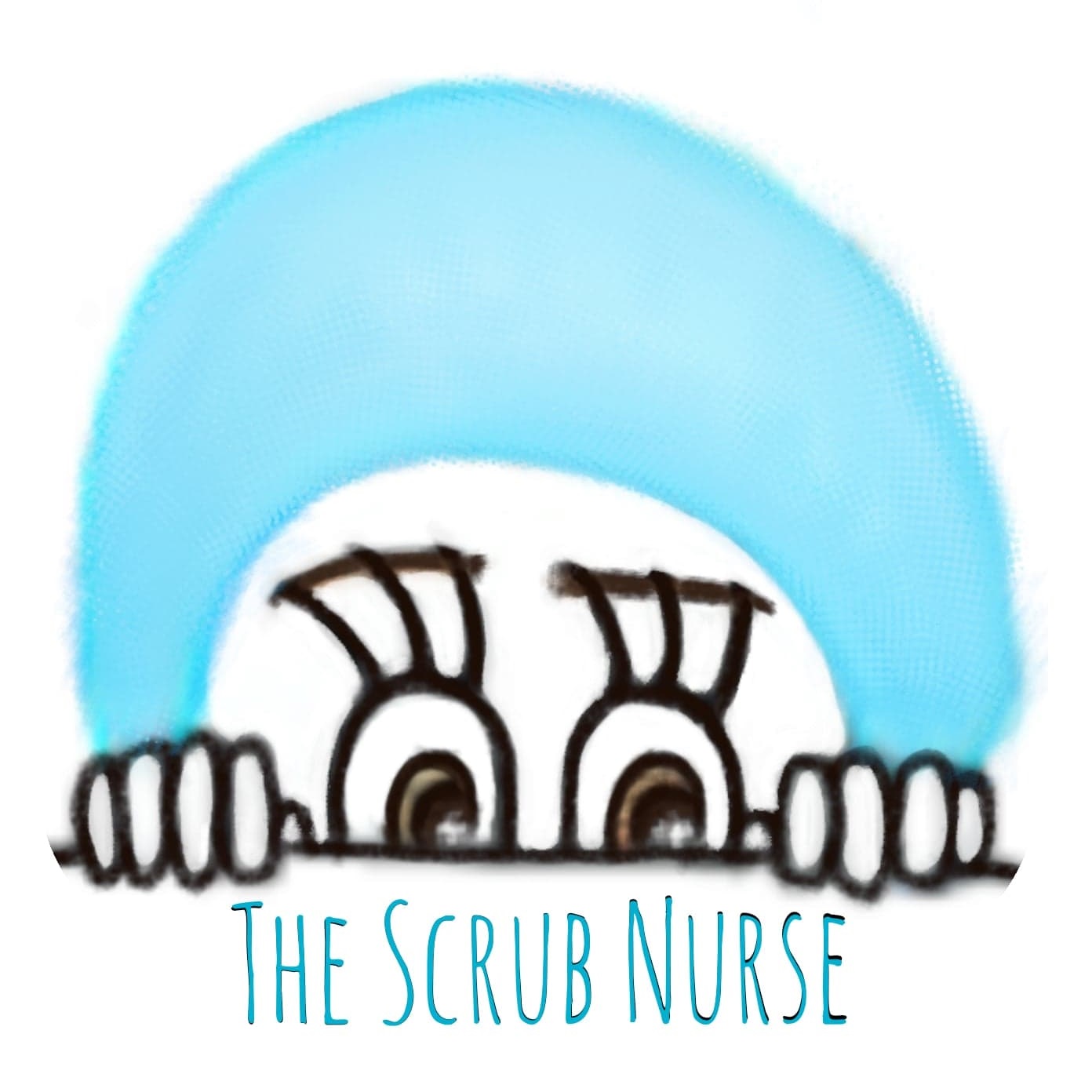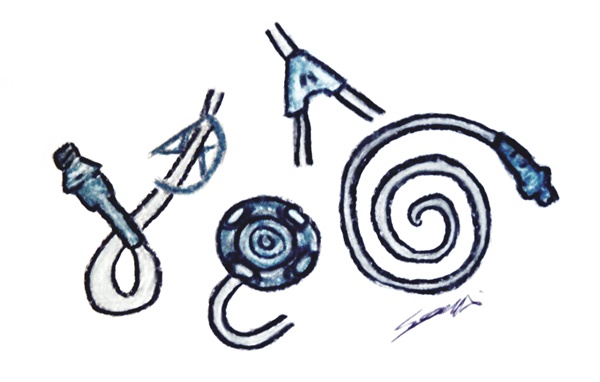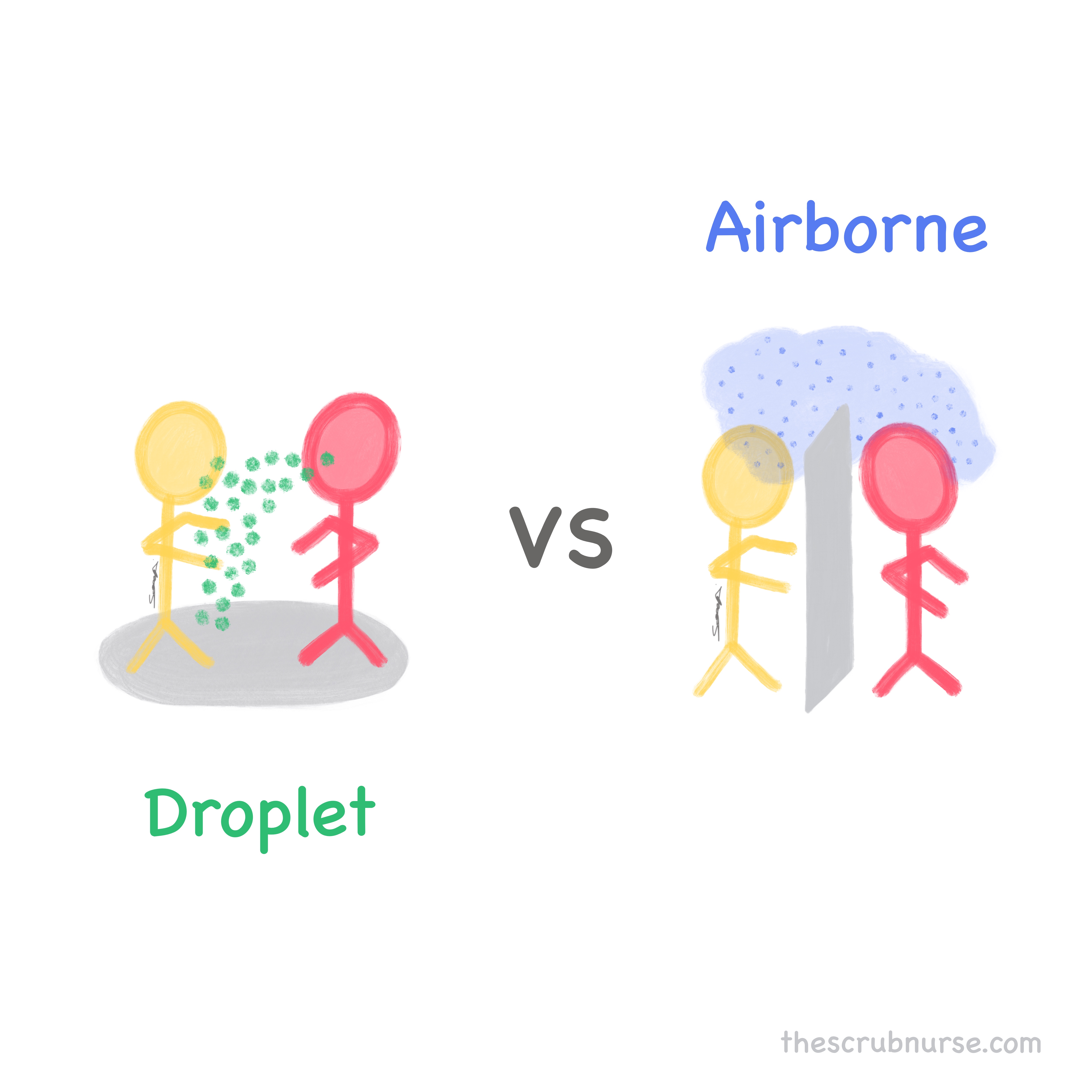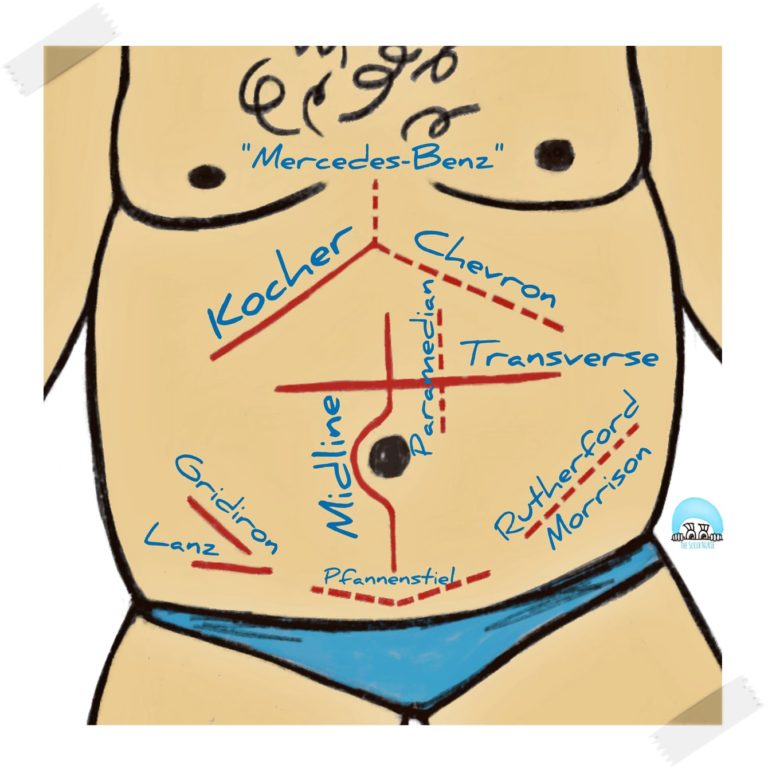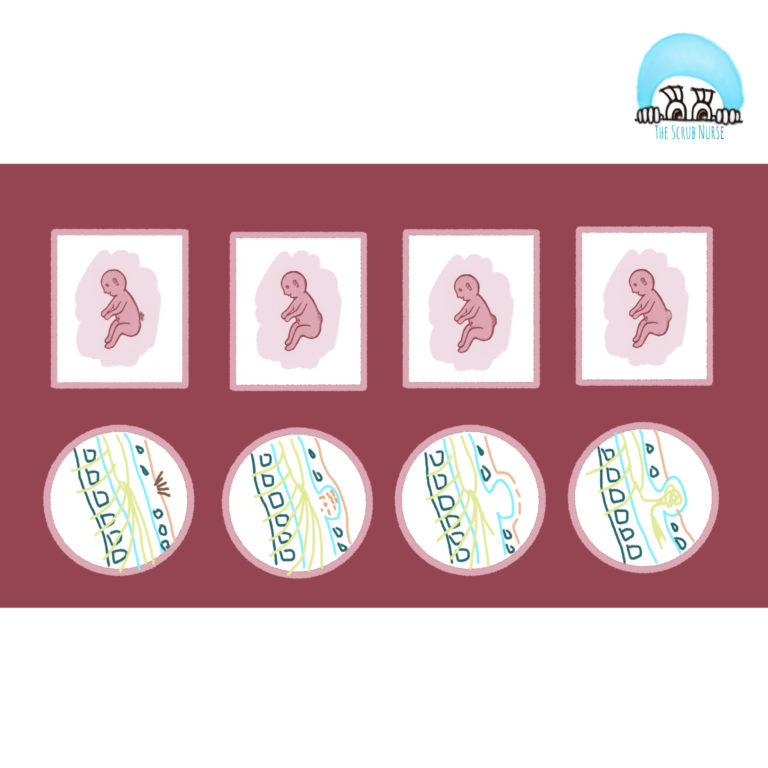Cancer occurs when cells in the body begin to grow out of control. It can start anywhere in the organism, and spread to other areas of the body.
Both, Neuroblastoma and Nephroblastoma (Wilms tumour) are Embryonal tumours. This type of tumours are characterised by the proliferation of immature cells that are usually only seen in the developing embryo. Because, during the embryonal stage, this cells do not mature normally, once the baby is born the cells remain immature and start growing out of control, forming a mass of small immature cells. For that reason these tumours are mainly seen in very young children.


Because both tumors occur in early childhood and generally present as large abdominal masses related to the kidneys, they can sometimes be misdiagnosed.
About Neuroblastoma
Neuroblastoma is the most common extra-cranial tumour in childhood. It develops from neroblasts (immature nerve cells) of the Sympathetic Nervous System, and can be found anywhere along this system.
Most neuroblastomas begin in the abdomen (usually in the adrenal glands), but they can also start in the nerve tissue that runs alongside the spinal cord (in the neck, thorax, or pelvis). Later, the tumor may spread to other organs such as lymph nodes, bone marrow, liver, skin, and bones.

As with most cancers, there are staging systems that indicate if the tumor has spread and to what extent, helping to decide the best approach to treatment. The two main systems used for neuroblastomas are:
A) International Neuroblastoma Staging System (INSS) – considers the results from surgery to remove the patient’s tumor. The doctors can only use this system if the patient had started a treatment and if surgery is a viable treatment/route (click here to know the stages according to INSS).
B) International Neuroblastoma Risk Group Staging System (INRGSS) – considers the results from imaging tests (such as CT or MRI and MIBG scan) to help defining tumour stage and child’s risk group. In contrary to INSS, this system can be used before any treatment, and in children whose surgery is not an alternative (click here to know the stages according to INRGSS).
In addition, the child with neuroblastoma is classified into a Risk Group that identifies the risk of cancer return after treatment (low risk, intermediate risk, and high risk). To do so, the following factors are considered: age of the child, histology of tumor cells and genetic alterations.
About Nephroblastoma (Wilms tumour)
Nephroblastoma is the most common renal tumor in childhood (about 9 in 10 kidney tumors are nephroblastomas) and develops from immature kidney cells, called nephroblasts. This tumor is also known as Wilms tumor, being named after a German doctor who wrote one of the first medical articles on it, Max Wilms, in 1899.
Wilms’ tumors are more common in children under 5 years of age and rarely appear in older children or adults. In addition, this disease usually affects only one kidney (unilateral), but in about 10% of cases it can affect both (bilateral).
In rare cases people who develop Wilms’ tumour suffer from congenital malformations. Also, children with certain genetic syndromes such as WAGR syndrome, Beckwith-Wiedemann syndrome, and Denys-Drash syndrome have increased risk to have Wilms tumour.

As in neuroblastomas, children with nephroblastoma are classified into a Risk Group that represents the risk of tumor return. To help defining this group, to understand how the tumor has developed and to help choose the best approach to treatment, Wilms tumors also need staging. For this, doctors use the NWTS / COG system (click here to see the steps of this system).
In addition to the tumor stage, tumor histology plays an important role in the prognosis of this condition. After removing the tumor or a part of it, the pathologist studies the type of tumor cells and classifies the Wilms tumor according to the histological results:
- Favorable histology: the cancer cells do not look normal, but there is no anaplasia; 9 of 10 have a favorable histology; the prognostic is very good.
- Unfavorable histology (anaplastic Wilms tumor): cancer cells present anasplasia, which makes the tumour more difficult to cure.
Note: Anaplasia is a term used to describe cells that have lost their identity as a specific type of cell of a particular type of tissue. This word in Greek means “to form backward,” because unlike normal healthy cells, these cells develop and grow less specialized. The lack of differentiation of these cells usually is what determines if a tumor is malignant or benign.
Treatments – different approaches:
The treatments for Neuroblastoma and Wilms Tumor differs significantly, so the distinction between these tumor types prior to tumor exploration and resection is imperative. The treatment for neuroblastoma aims to preserve both kidneys, unlike the treatment of the Wilms tumor, which is usually nephrectomy.
Neuroblastoma
The treatment for neuroblastoma depends on which risk group the child is in, the stage of the tumour, the child’s age and other result tests.
The various possible treatments for Neuroblastoma are represented in the picture bellow.

- Surgery – can be used to diagnose (by doing a biopsy) or to treat the disease
- When the tumor is located in the abdomen, the biopsy is usually performed by laparoscopic surgery;
- If the tumor is small and has not spread, doctors can remove the entire tumor by surgery;
- If tumour is large, has spread or is close to vital structures or large blood vessels, surgical resection alone is less likely to occur, and other additional treatments are needed.
- Chemotherapy – can be used as a primary treatment for neuroblastoma or as adjunctive treatment before or after surgery
- If before surgery, the goal is to shrink the tumor to a smaller size, helping the surgeon to remove the tumor more easily and safely.
- If after surgery, the goal is to destroy the remaining cancerous cells that could not be removed by surgery
- High-dose Chemotherapy – treatement used in children with high-risk neuroblastoma
- High-dose chemotherapy also destroys the child’s bone marrow, and for this reason, stem cell transplant is also necessary
- the stem cell are collected before starting the chemotherapy cycles and then return via drip.
- Radiatiotherapy – treatment given to children with high-risk neuroblastoma, or whose tumour has spread to several parts of the body.
- High-energy rays are used to destroy the cancer cells, doing as little harm as possible to normal cells.
- Immunotherapy – is designed to increase the body’s natural defenses to fight cancer by using compounds made by the body or in the laboratory to enhance, direct, or restore immune system function.
- Retinoid Therapy – used in high-risk children who are treated with high-dose chemotherapy and stem cell transplantation
- This therapy use differentiating agents called retinoids (related to vitamin A) that help some cancer cells to mature into normal cells.
In addition, there are several clinical trials available that aim to improve understanding of the best way to treat a disease, usually by comparing standard treatment with a new or modified version.
Wilms Tumour
Treatment will depend on the histology and stage of the tumor. The normal course for treatment of this tumour includes surgery to remove the tumor. Usually nephrectomy is necessary, but the aim is to preserve the healthy part of kidney as much as possible, especially in cases of bilateral Wilms tumors.
Before undergoing surgey, most children receive chemotherapy, except for babies under 6 months whose surgery is performed straightaway. After surgery, adjuvant chemotherapy may be needed, especially for ‘high-risk’ Wilms’ tumours children, to reduce the risk of the cancer coming back.
Occasionally, radiotherapy can also be used to shrink tumours that are too large to remove by surgery or when tumours have spread elsewhere in the body.

When a kidney is removed, the left kidney takes over the work of both kidneys and very few children will have long-term renal problems.
References / Referências:
